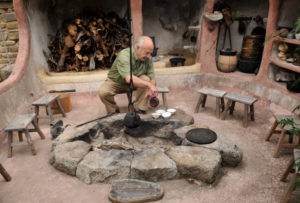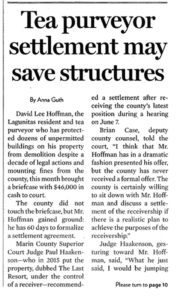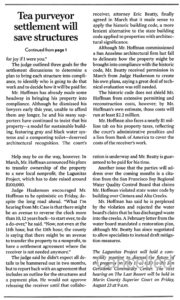There’s so much loss and heartbreak of late, yet the brilliant creativity and ingenuity of people lifts our spirit and gives us hope.
One such positive example of this is “The Last Resort” property in Lagunitas. Over the last 40 years, David Hoffman, a renown tea connoisseur and environmental visionary, has created a multi-level teahouse garden of such staggering beauty and vision that it ranks among artistic wonders in the pantheon of the Forestiere Underground Gardens in Fresno, Damonhur “ecovillage” in Italy and the Watts Towers sculpture in Los Angeles. Like Simon Rodia’s Watts Towers, Hoffman created his work of art without permits.
Marin County officials are on a path to tearing down what is arguably the preeminent closed-loop environmental model for all of us going forward in a world teetering on environmental collapse. Working together, we could make The Last Resort a landmark and save an artistic, educational and environmental treasure for future generations.
To help save Hoffmann’s creation and experience its unparalleled beauty go online to TheLastResortLagunitas.org or TheLagunitasProject.org.
– Susan Tibbon, San Francisco
from the Marin Independent Journal, Saturday, December 3, 2022, OPINION section, Saturday Soapbox


